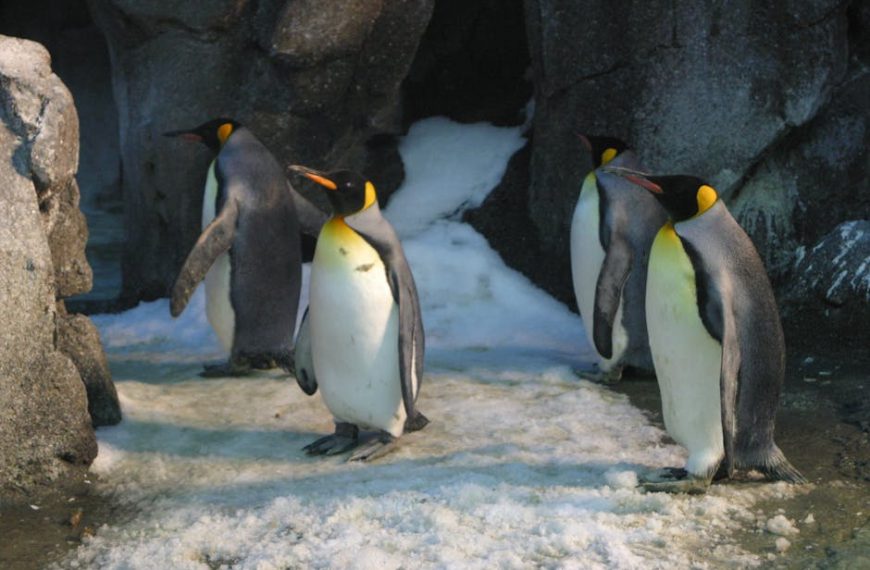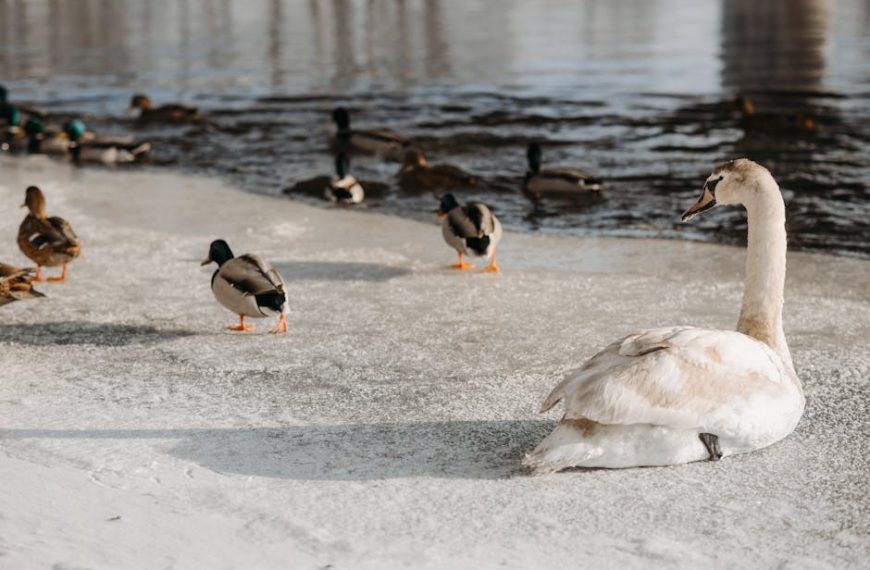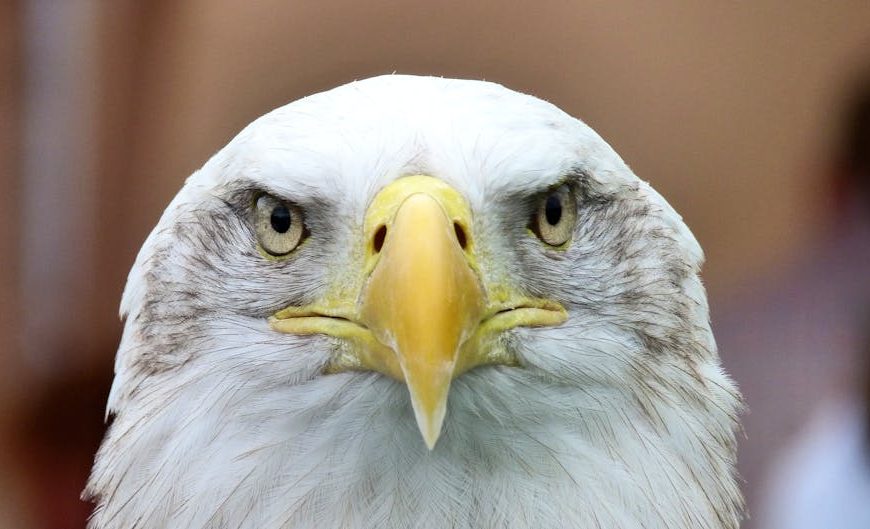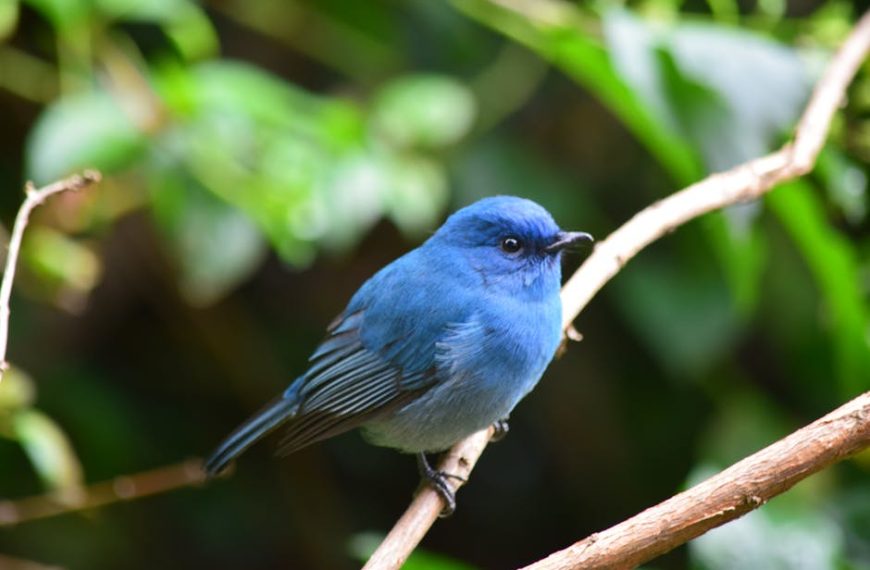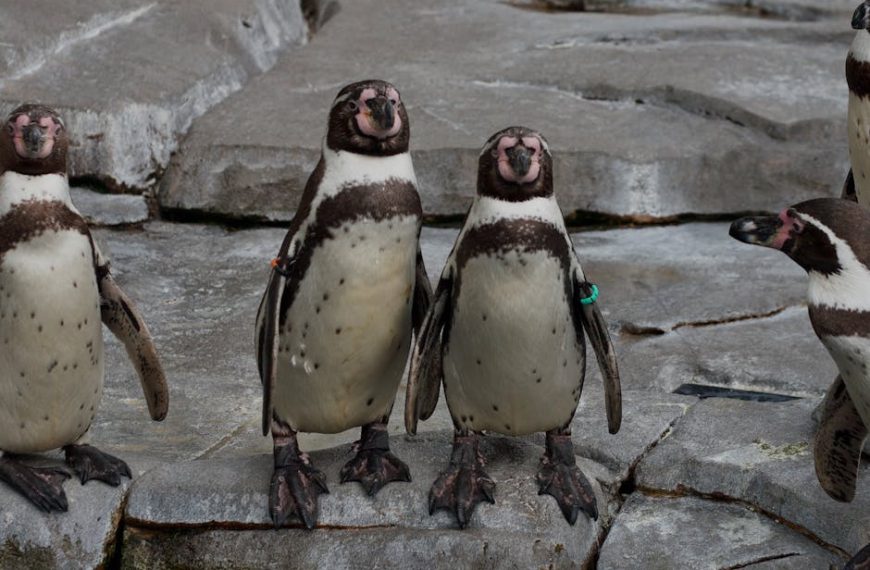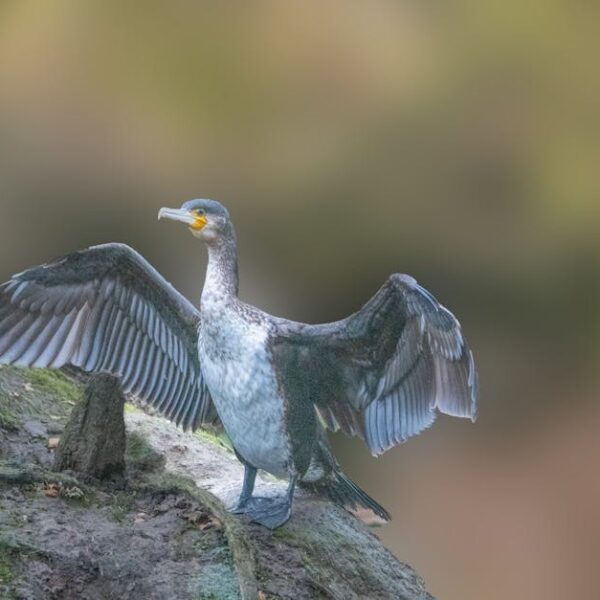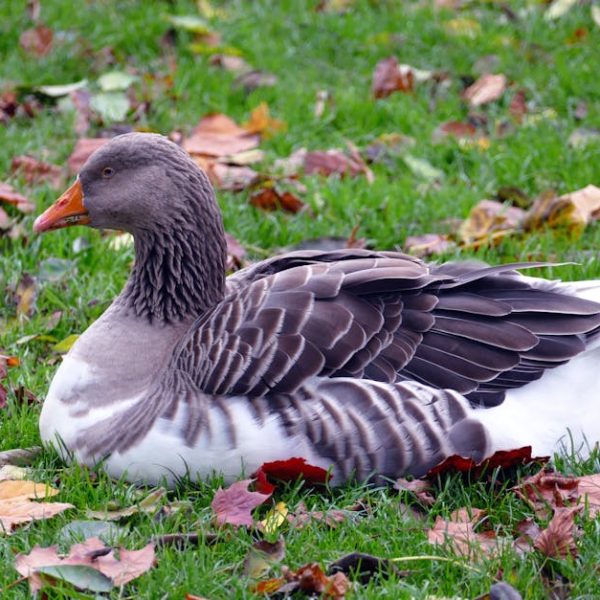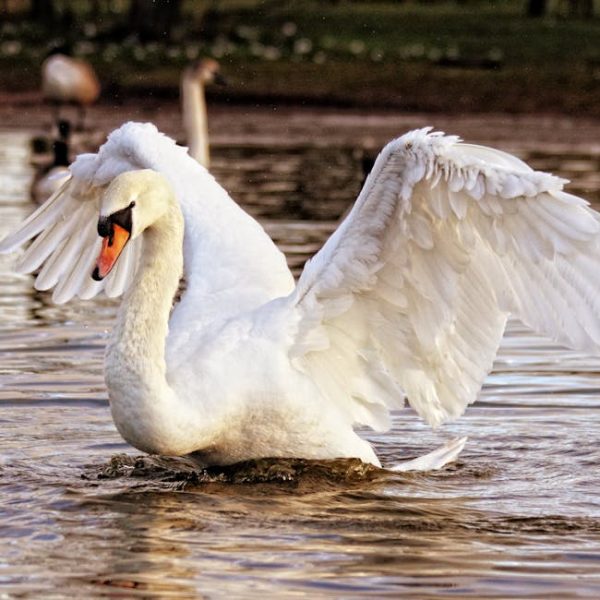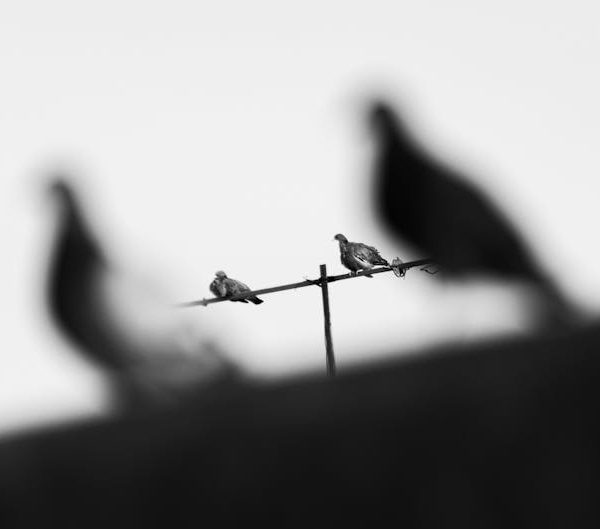Anyone who closely observes bird behavior may have seen a peculiar sight: birds rolling around and flapping erratically in the dirt. This behavior, known as ‘dusting’, may appear strange and aimless to the uninitiated, but there’s actually a fascinating science behind it. In this article, we delve into the world of ethology, the study of animal behavior, to unravel the mystery behind bird dusting.
The Behaviour of Birds ‘Dusting’
Birds of various species have been observed displaying dusting behavior, from sparrow species to large raptors. It involves them finding a patch of dry, loose dirt, then proceeding to flick, scratch, or otherwise disturb the dirt, creating a cloud of dust. Following this, they swing their bodies side-to-side, bury their heads, and flap their wings, effectively coating themselves in a layer of dust.
Behind this engaging scene is not mere high spirits or play but a peculiar form of ‘dirt bath.’ Observed in everything from tiny finches to the flamboyant peacock, this behavior appears universal among our feathered friends. Ethologists, those who study animal behavior, have unearthed some intriguing explanations behind this behavior.
Here are some bird species commonly observed indulging in dusting:
- House Sparrows
- Robins
- Pigeons
- Chicken
- Quail, among others
The Science Behind ‘Dusting’
Underpinning bird dusting is a fascinating science that underscores the progressive adaptation and survival strategies of these creatures. Ornithologists, scientists specializing in studying birds, have recognized dusting as a crucial part of avian lifestyle.
The physical process of dusting involves the fine granules of dirt infiltrating the bird’s plumage and reaching the skin underneath. The moisture-absorbing properties of the dirt help eliminate excess oils and parasites, keeping the bird healthy and pristine.
Here’s a quick checklist of crucial scientific terms associated with ‘dusting’:
- Preening: The practice of tidying and fixing up feathers using beaks and oils.
- Molting: The process of shedding old feathers to replace them with new ones.
- Uropygial Gland: A gland that many birds possess, responsible for secreting oils for feather maintenance.
‘Dusting’ as Antiparasitic Strategy
One of the foremost roles of dusting is to serve as an effective antiparasitic strategy. Numerous bird species wrestle with parasitic infestations, from lice to mites, which can affect their health and lifespan if not managed. Dusting helps by removing these parasites, in addition to excess feather oil, skin flakes, and other detritus that may build up.
Research in avian ethology posits that dusting helps control and limit parasitic infestations, which consequently aids the longevity and health of a bird. The grains of dirt are believed to absorb oils and create an abrasive environment, effectively expelling and inhibiting parasites. The diagram below represents the process of dusting and its effective role in eliminating parasites:
/* Add Diagram here showing dusting expelling parasites */.
‘Dusting’ for Thermoregulation
Dusting is not solely a defensive mechanism against parasites; it also plays a crucial role in helping birds maintain their body temperature. Birds are homoeothermic animals, meaning they maintain a consistent body temperature regardless of the environment. Dusting assists in this process, known as thermoregulation, ensuring the optimal performance of their biological functions.
Birds, much like other animals, have evolved various internal and external techniques to regulate their body temperature. Dusting, in this regard, helps to control overheating, as dirt particles absorb excess heat and moisture from their bodies. Consequently, it aids in maintaining their inner body temperature, ensuring optimal bodily functions and energy operation.
To bolster your understanding of thermoregulation, here’s an easy comparison of birds ‘dusting’ to other methods of thermoregulation observed in animals:
/* Insert comparison table here comparing different methods of thermoregulation */.
Stay tuned as we touch upon more intriguing implications of bird dusting, highlighting it as a social habit and cleaning practice. Plus, bag some pro tips to make your bird watching experience even more enriching.
‘Dusting’ as a Social and Cleaning Habit
Beyond its practical implications, dusting represents an intriguing aspect of avian behavior: it can act as a social habit and a form of cleaning. Yes! Birds also have their cleaning rituals, and ‘dusting’ lies at their core.
In flock species, dusting is often a communal activity – and it may serve more than just a practical purpose. Many ethologists suggest dust baths might also serve a socio-communicative function, reinforcing social bonds within the group. Much like grooming in primates, dusting can help strengthen social ties, improve cooperative behavior, and maintain harmony within the flock.
While observing bird dusting, you will often see birds fluffing their feathers mid-dust bath. This is known as ‘preening’. Preening helps birds not only to clean their feathers but also to realign them. They often use their beak to apply oil secreted from the Uropygial gland present near the base of their tail. This gland secretes oils for feather maintenance and may play a significant role in bird dusting behavior.
Peering into the world of birds, dusting reveals itself as an all-encompassing behavior: a cleaner, a social bonder, a temperature regulator, and an antiparasitic strategy. Now isn’t that a nifty trick?
To better witness and appreciate the ‘dusting’ behavior in action in your neighborhood or while on a bird-watching trip, here are some Best Practices:
- Keep a distance: You don’t want the birds to perceive you as a threat.
- Use binoculars: Observing from afar, binoculars can help you see the action clearly without disturbing the birds.
- Take photos: Use a telephoto lens to capture the behavior in detail.
- Be patient: Like any natural behavior, dusting won’t happen on cue. Observe quietly and patiently for the best chance to see it.
The ‘dust bath’ might seem an oddity, but when we look closer, the reasons birds engage in it reveal a complex world of survival strategies, communal behavior, and meticulous self-care. So, the next time you see a bird frolicking in the dirt, remember: There’s more to that dust cloud than meets the eye!
Key Takeaway:
- Bird dusting or ‘dirt bathing’ is a complex and intriguing behavior with multifaceted biological and social functions observed across numerous bird species.
- The scientific mechanism behind dusting involves dirt granules seeping into bird feathers and skin, eliminating excess oils and parasites as an effective anti-parasitic strategy.
- Dusting also assists birds in thermoregulation, the process of maintaining a stable internal body temperature.
- Beyond these physiological roles, dusting also acts as a social habit and a form of cleaning. In group-dwelling bird species, dusting can reinforce social bonds within the flock, mirroring the socio-communicative function of tasks like grooming seen in other animals.
Remember, it can be incredibly rewarding to observe these behaviors, enhancing our understanding of these flying wonders. Whether it’s in our backyard or during bird watching excursions, such as observing birds engaged in dusting can open a window into their fascinating world.
FAQs
Q: How can I observe dusting behaviour without disturbing the birds?
A: Keep a safe distance from the birds and use binoculars to observe their activity. If you’re photographing, a telephoto lens can help capture the behavior without needing to approach too closely. Patience also plays a key role as natural behaviors like dusting won’t occur on cue.
Q: Does every bird species engage in dusting?
A: While not every bird species has been observed dusting, it’s a behavior that cuts across a wide variety of species from sparrows to raptors. It seems to be a prevalent survival strategy in the avian world.
Q: Are there any observable times when dusting activity is more frequent?
A: Dusting is a part of birds’ regular hygiene routine and helps them control parasites, so it can happen at any time. However, you might notice more dusting activity in warmer seasons when parasites are more active.
Q: Beyond its functionality, does dusting indicate anything about a bird’s emotional state?
A: Dusting seems primarily to serve practical purposes – parasite control, thermoregulation, grooming. However, as a social activity in flock species, it could also contribute to a bird’s overall well-being.
Q: Do urban or indoor birds also show this dusting behaviour?
A: Yes, urban and indoor birds also engage in dusting behavior. Pet bird owners sometimes replicate dusting conditions by providing a ‘dusting bath’ or special dusting powder for their birds.
Don’t hesitate to dive deeper into the fascinating world of birds and their behavior. Share this article with fellow bird enthusiasts, and explore more exciting topics on our website.

